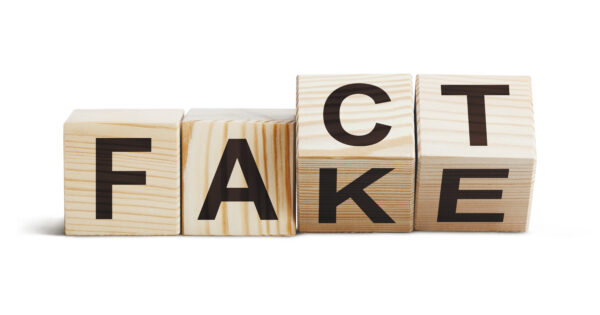
Curbing health misinformation online is an ongoing battle, which is why video-sharing giant YouTube is working on assembling an A-team boasting credibility in the healthcare world.
YouTube, owned by Google, that it is striking partnerships with major providers and healthcare groups, including Cleveland Clinic, Mayo Clinic, the American Public Health Association and the National Academy of Medicine, to create accurate and credible health-focused content in an effort to fight misinformation and drive health literacy and education. The move, announced Wednesday, is especially noteworthy as the nation just witnessed how toxic misinformation can metastasize threatening our democracy itself.

With the Rise of AI, What IP Disputes in Healthcare Are Likely to Emerge?
Munck Wilson Mandala Partner Greg Howison shared his perspective on some of the legal ramifications around AI, IP, connected devices and the data they generate, in response to emailed questions.
YouTube appears to be going beyond just collaborating with external partners to further the effort of producing factual, healthcare content. The company recently added Dr. Garth Graham — formerly the chief community health officer at CVS Health — as director and global head of healthcare and public health partnerships.
People are already going to YouTube and other social media platforms to get answers to their health questions, so it’s key that they get evidence-based information to meet their needs, Graham said.
“It’s important for us as clinicians, as providers, as people who run health systems and other large organizations to be where our community, our patients are,” Graham said, in a phone interview. “Many times, they are on platforms like YouTube.”
Healthcare misinformation spread on social media has long been a major issue for the industry, and the problem has been exacerbated by the Covid-19 pandemic. YouTube is one of the key platforms that is used to spread false information. Over a quarter of the most viewed YouTube videos on Covid-19 contained misleading information and reached millions of viewers worldwide, according to research conducted in March 2020.
Though YouTube has a medical misinformation policy in place, the new partnerships and appointment signal more effort on the social media giant’s part to dismantle the misinformation network that often proliferates on its platform.
Along with its healthcare industry partners and under Graham’s leadership, YouTube plans to create original content on several different topics, from Covid-19 to mental health.
“As a leading and trusted voice in healthcare, Mayo Clinic is pleased to collaborate with YouTube to help transform the way consumers and clinicians communicate and receive vital healthcare information,” Kevin Punsky, the health system’s interim director of media relations, said via email. “Mayo Clinic is committed to creating authoritative healthcare content in a way that empowers patients and reimagines the way information is delivered to consumers.”
Efforts to mitigate vaccine hesitancy will be high on the list of original content, especially with the Covid-19 vaccine being rolled out across the country and 27% of the public saying they probably or definitely would not get the vaccine, according to a December 2020 survey conducted by the Kaiser Family Foundation.
But the content will also go further than pandemic-related topics to include information on other leading causes of death, like heart disease, cancer and diabetes, said Dr. Georges Benjamin, executive director of the American Public Health Association, in a phone interview.
YouTube will partner with popular healthcare creators, like Dr. Natalie Crawford and Dr. Cedric “Jamie” Rutland, as well as connect high-profile influencers to trusted health experts for interviews and other types of content.
“We’ve really moved to an environment where people want just-in-time information and they want it when they want it,” Benjamin said. “So, the ability for us to give people just-in-time information and when they want it, even if it’s at 3 o’clock in the morning, is another opportunity. The world has changed.”
In addition, YouTube and its healthcare partners hope to improve the health literacy of the nation and empower the public to know more about their health, Benjamin said.
With its global reach of more 2 billion signed-in monthly users, health information delivered via YouTube can have a real impact.
This is what attracted Graham, a cardiologist by training, to the social media platform. Armed with a breadth of expertise in public and community health, including serving in two U.S. administrations as U.S. deputy assistant secretary of health, Graham made the switch to YouTube to be able to make a timely and much-needed global impact.
“The ability to change lives and impact health and healthcare at scale is something that has attracted me every stage of my career,” he said. “And it is something that is even more amplified by the capabilities at YouTube.”
For Graham, these healthcare partnerships are just the beginning. In the years to come, he and his team plan on developing new features and adding them to the platform to help improve health on an individual-and community-level.
There will also be new partnerships and health-focused events in 2021, beginning with one in February with a group of public health experts.
Photo: Marat Musabirov, Getty Images














